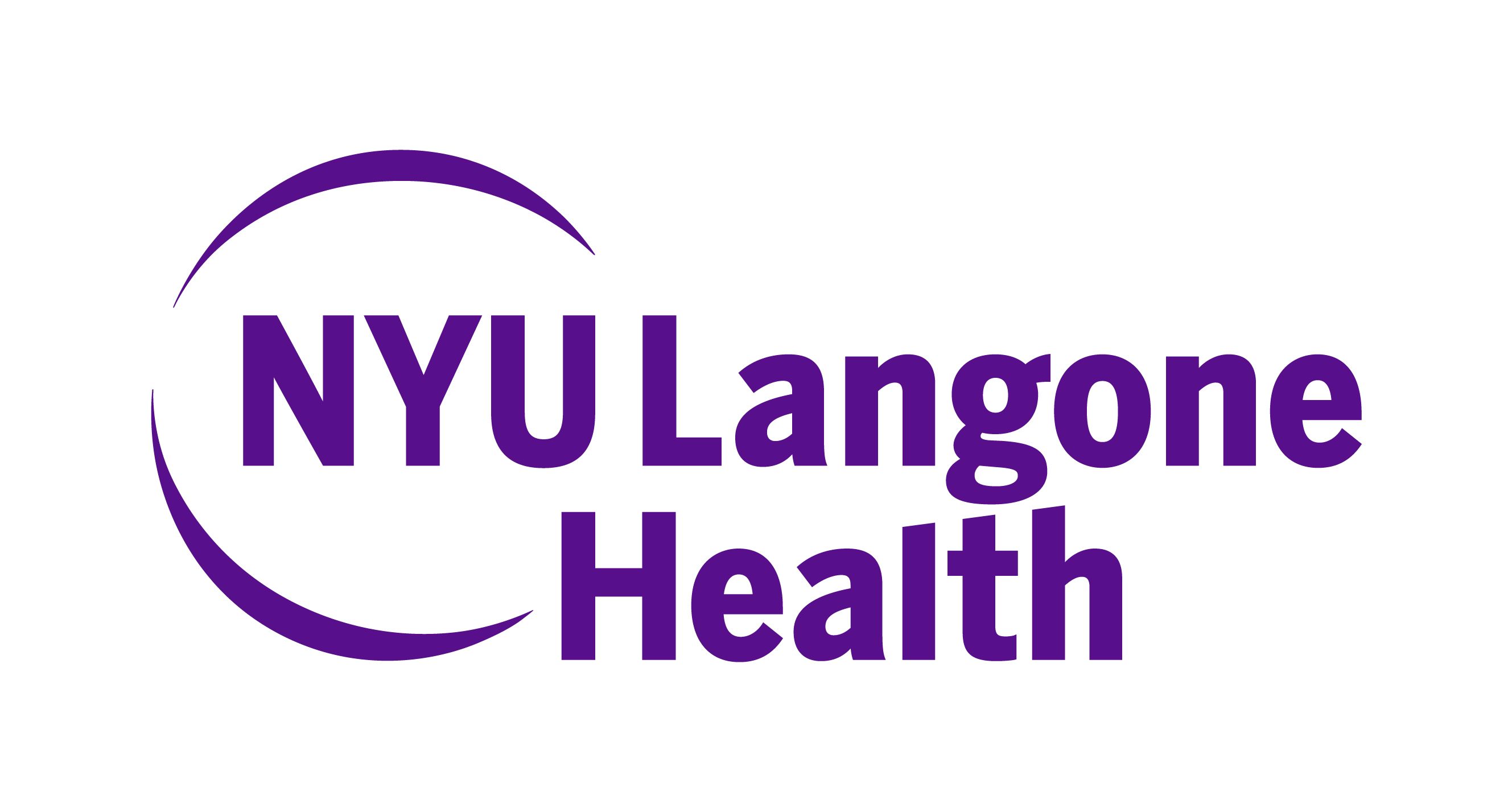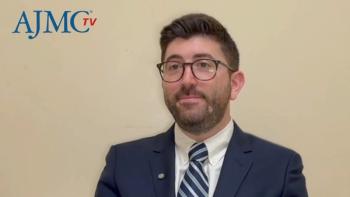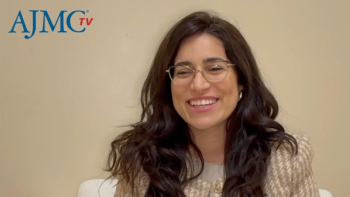
Designing Care for the Underserved Creates Higher-Value Health Solutions

Key Takeaways
- Engaging minoritized populations involves hiring community members as clinical trial coordinators to build trust and participation.
- Prioritizing healthcare equity requires addressing socioeconomic status, access to quality education, and healthcare.
In the second half of our interview with Brita Roy, MD, MPH, MHS, NYU Grossman School of Medicine, she discusses effective engagement of minoritized populations in discussion of medical mistrust.
In the second half of our interview with Brita Roy, MD, MPH, MHS, associate professor in the Department of Population Health and the Department of Medicine at NYU Grossman School of Medicine, she discusses effective engagement of minoritized populations in discussion of medical mistrust and health policy under the incoming second Trump administration.
For the first half of our interview with Roy, who is also director of community health and clinical outcomes for Beyond Bridges, a population health initiative in the Southwest part of Brooklyn, New York, please visit
This transcript has been lightly edited for clarity.
Transcript
How can the medical community make inroads against the mistrust seen among many minority populations?
Actually engaging people from the community. The way that we were able to really increase rates of minority participation—participation of minoritized individuals—in clinical trials is by hiring people from the community that look like them, share the same language, share the same cultural background, and they are now our clinical trials coordinators.
They are doing outreach, they are messaging, they're providing education to their community members, their colleagues, their friends, their communities about what clinical trials are, why they're really actually important to engage in, the safeguards that are now provided to really protect patients and participants, as well as the results, and how the findings from these studies can be really valuable to these communities.
And so it really shifts the mindset from fear to, “Wow, this is such a gift, an opportunity to be able to participate in,” and that's how we've been able to do that, and I think others can do that as well.
How would you like to see health care equity prioritized under the new administration?
There are a number of policy changes that could address inequity. One is,
Aligned with that would be ensuring all communities have access to high-quality education, as well as health care and insurance. Like financial access, as well as physical access—or virtual access, but have the virtual access then be paid for. So making it accessible at all levels and being able to meet people where they are for that.
I think there are certainly a number of other things, but if I had to pick 2, those would probably be the main ones: economic status, education—I guess that's technically 3—and access to health care.
When we think about what brings value, it is higher quality, better outcomes at lower cost. And so a lot of what I talked about—engaging community, including people with lived experience, with the same type of backgrounds that we're trying to serve in order to achieve more equitable health outcomes—is actually a way to create higher-value care. It may not always be necessarily thought of in that way, but I like this quote: “a rising tide lifts all boats.”
What that means is designing for the people who are most underserved, who have the poorest outcomes. While it absolutely will—hopefully if you're doing a good job—improve their outcomes and improve overall outcomes, make them more valuable, almost always when you're for those with the poorest outcomes, it actually helps to improve everyone's outcomes overall. And so in that way, it's really an approach that can be used to facilitate higher value in care.
Newsletter
Stay ahead of policy, cost, and value—subscribe to AJMC for expert insights at the intersection of clinical care and health economics.












































